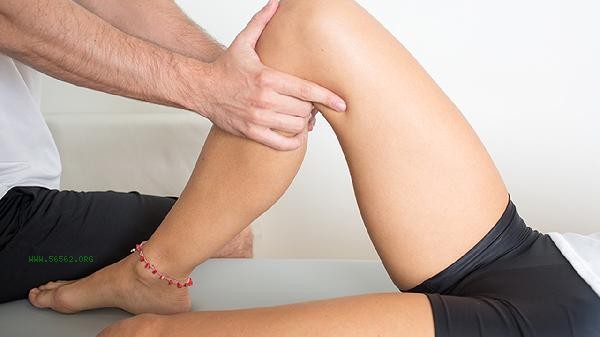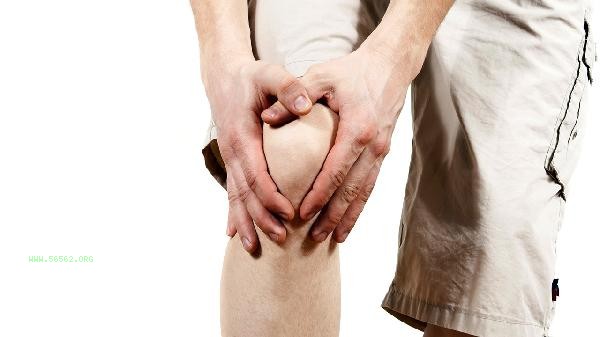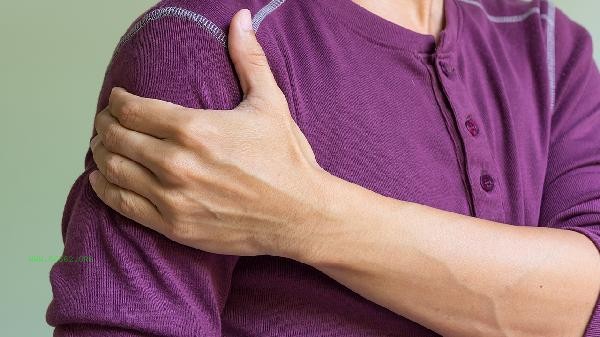Reducing abdominal fat can be achieved through movements such as abdominal rolling, flat support, supine leg lifting, Russian rotation, and aerial cycling. These movements can specifically exercise core muscle groups such as rectus abdominis and oblique abdominis, and are more effective when combined with aerobic exercise.

1. Abduction
Abduction is a classic abdominal training movement that mainly stimulates the upper segment of the rectus abdominis muscle. Lie flat, bend your knees, step on the ground with both feet, lightly touch your ears with both hands, use abdominal strength to lift your shoulder blades off the ground, and control the speed to avoid inertia when falling. 15-20 times per group, pay attention to avoiding neck compensation. Long term persistence can enhance the tightness of abdominal muscles, but it needs to be combined with weight loss to reveal the vest line.
2. Plate support
Plate support exercises the deep transverse abdominal muscles through static contraction. Support the ground with your elbows to form a straight line, tighten your abdomen and hips for 30-60 seconds. This action can enhance core stability and improve abdominal relaxation. Suggest starting with multiple groups in a short period of time and gradually extending the duration of each session. Be careful not to collapse the waist or raise the hips too high, otherwise it may cause pressure on the lumbar spine.
3. Supine leg lift
Supine leg lift is aimed at addressing the issue of lower abdominal fat accumulation. Lie flat with your hands under your hips, slowly lift your legs together to 90 degrees, and then control your descent. Keep your waist on the ground during the movement, 10-15 times per group. This action can strengthen the iliopsoas and rectus abdominis muscles and improve lower abdominal protrusion. Patients with lumbar disc herniation need to practice carefully and can lower the difficulty by bending their knees and lifting their legs.

4. Russian Rotation
Russian rotation focuses on exercising the oblique muscle of the abdomen. Bend your knees and lift your legs to maintain balance while sitting, and twist your torso to the left and right with your hands clasped together. Can hold dumbbells to increase resistance, 15-20 times per side. This action can eliminate excess fat on the waist and shape the curve of the waist. Pay attention to maintaining pelvic stability during rotation and avoid muscle compensation caused by inertia swinging the body.
5. Aerial Cycling
Comprehensive training of the entire abdominal muscle group through aerial cycling. Lie down and simulate pedaling movements, with elbow to knee contact to strengthen twisting, alternating left and right for 30 seconds to form one group. This action can simultaneously activate the rectus abdominis and oblique abdominis muscles, consuming a high amount of calories. It is recommended to control the rhythm of movements and feel the force exerted by the abdomen rather than the dominance of the legs. Patients with intervertebral disc herniation can switch to lying on their back and alternating heel to ground contact.

To reduce abdominal fat, it is necessary to adhere to regular training for 4-8 weeks, 3-5 times a week, and choose 2-3 sets of 3-4 action cycles each time. Cooperate with aerobic exercise such as brisk walking and swimming for 30 minutes every day to accelerate fat burning. Control the intake of refined carbohydrates in diet, increase high-quality protein and dietary fiber. Avoid staying up late and sitting for a long time, stand for 15 minutes after meals to prevent fat accumulation. If you experience lower back pain, stop training immediately and consult a rehabilitation physician.








Comments (0)
Leave a Comment
No comments yet
Be the first to share your thoughts!